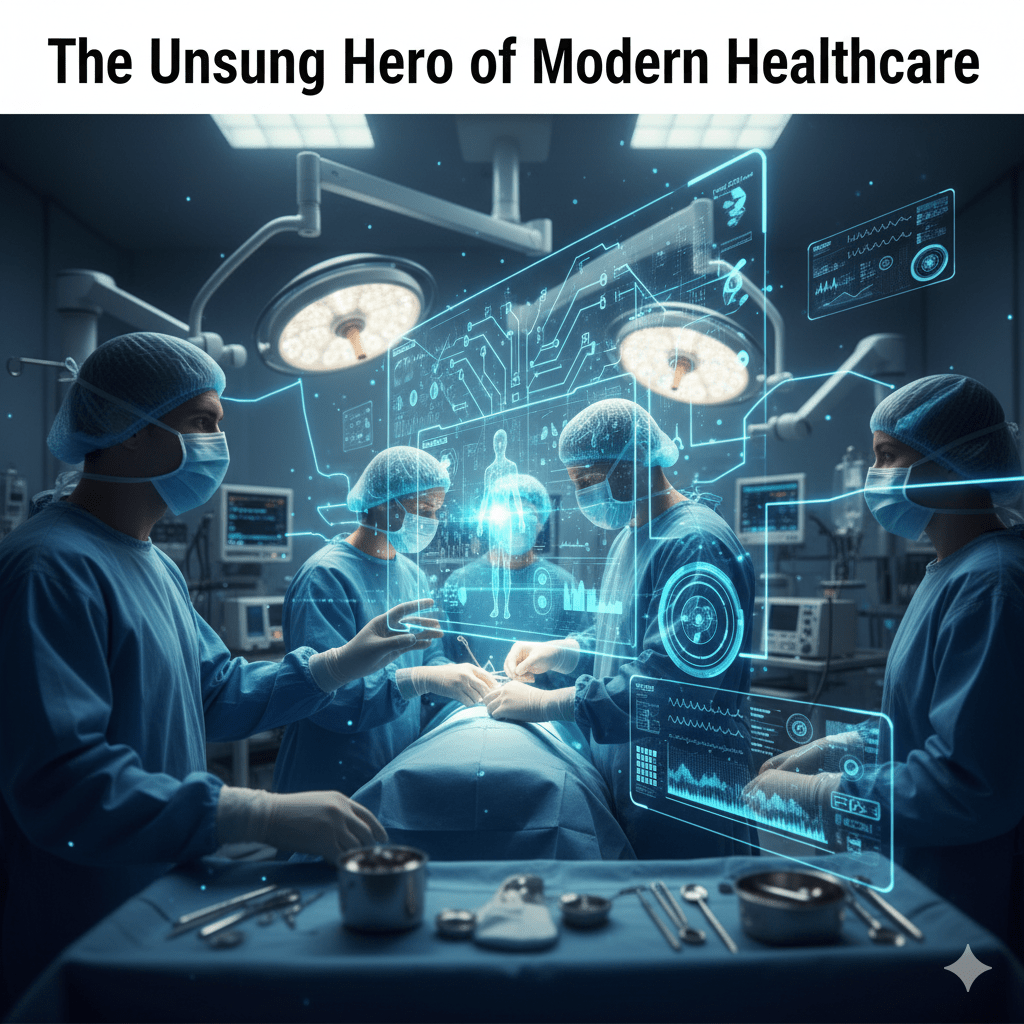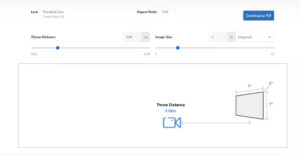
Unsung Hero of Healthcare
In today’s fast-paced world, technology is at the heart of almost every industry. From banking to education, innovation has transformed how things work. But when it comes to healthcare, there’s one type of technology that doesn’t get the attention it deserves healthcare management software. It may not look as glamorous as surgical robots or cutting-edge medical devices, but this silent system is revolutionizing the way hospitals, clinics, and labs operate.
Behind every smooth hospital visit, accurate diagnosis, or timely lab report, there’s a piece of software quietly ensuring everything runs like clockwork. This article explores how this technology has become the unsung hero of modern healthcare improving efficiency, saving costs, and ultimately, saving lives.
The Silent Backbone of Healthcare
When people think of healthcare innovation, they often imagine complex machines, advanced imaging systems, or robotic surgeries. But the real magic often happens behind the scenes. Hospital management systems, electronic health record (EHRs), and telehealth platforms form the digital backbone that keeps healthcare moving smoothly.
From scheduling appointments and storing patient data to managing billing and communication, healthcare management software streamlines the operations that used to take hours or even days. Without it, hospitals would still be buried under paper files, human errors, and communication delays.
Imagine a hospital without digital records every lab result, doctor’s note, or prescription would have to be written, filed, and retrieved manually. The time wasted could mean the difference between timely care and delayed treatment. This is where technology steps in as an invisible yet crucial partner in patient care.
Making Patient Care Smarter and Faster
One of the biggest impacts of this technology is how it helps doctors focus more on patients and less on paperwork. Healthcare management systems store and organize patient information digitally, allowing doctors to access medical histories, lab results, and treatment plans in seconds.
This not only reduces administrative stress but also improves the accuracy of diagnoses. For example, when a patient’s entire medical record is visible in one place, doctors can quickly spot patterns, allergies, or chronic issues that might otherwise be missed.
In addition, automated reminders for medication schedules or follow-up visits ensure that patients stay on track with their care. In short, technology doesn’t just make things faster it makes them smarter and safer.
Reducing Human Error and Saving Lives
In healthcare, even a small mistake can have serious consequences. Human errors in record-keeping, prescriptions, or test results used to be common in paper-based systems. But today, with digital health records and automated data entry, these risks are dramatically reduced.
For instance, software systems can alert doctors if a new prescription might interact dangerously with a patient’s existing medication. Similarly, lab management systems automatically match test results with the correct patient file, reducing mix-ups that could lead to wrong diagnoses.
These safeguards may not make headlines, but they quietly prevent countless medical errors every day. It’s yet another reason why healthcare technology deserves recognition as the unsung hero of modern medicine.
Telemedicine: Care Without Borders
The COVID-19 pandemic accelerated a major shift to telemedicine. This form of digital healthcare proved that quality medical care doesn’t always require a hospital visit. Patients could consult doctors online, get prescriptions, and even receive test results without leaving home.
Behind the convenience of telemedicine lies the same powerful technology that runs hospital systems. These platforms handle secure video calls, digital prescriptions, appointment scheduling, and payment processing, all while keeping sensitive medical data private.
For people in remote or rural areas, this technology is not just convenient, it’s life-changing. It bridges the gap between doctors and patients who might otherwise never meet.
Data: The New Lifeblood of Healthcare
Modern healthcare runs on data. Every diagnosis, lab test, and medical report generates information that can be used to improve future care. But managing such massive amounts of data manually would be impossible.
That’s where healthcare analytics software comes in. By analyzing patient trends, treatment outcomes, and disease patterns it helps hospitals make informed decisions. For example, data can reveal which treatments are most effective for certain conditions or predict upcoming health trends in a community.
This level of insight empowers doctors and administrators to take proactive steps, not just reactive ones. It also helps in better resource allocation, ensuring that hospitals are prepared for patient surges, something the world learned the importance of during the pandemic.
Saving Time, Money, and Resources
Hospitals are complex organizations with many moving parts doctors, nurses, lab technicians, pharmacists, and administrators. Coordinating all of them efficiently used to be a major challenge. But with integrated management systems, everything is interconnected.
Automated billing reduces financial errors, digital appointment systems cut down waiting times, and inventory management ensures medical supplies never run out. In other words, this technology helps hospitals save time, reduce costs, and deliver better care.
Even small clinics benefit. Instead of hiring multiple staff members to handle manual paperwork, a single software system can manage appointments, patient records, payments, and reports effortlessly.
The Future of Healthcare Technology
As artificial intelligence (AI) and machine learning (ML) evolve, healthcare software is getting even smarter. Predictive tools can now analyze data to forecast disease outbreaks, AI chatbots can assist patients 24/7, and automation can handle complex administrative tasks faster than ever.
In the coming years, we’ll see more hospitals adopting AI-powered healthcare management systems that don’t just record data but actively assist in decision-making. The goal is clear: to make healthcare more efficient, accessible, and personalized for everyone.
Conclusion: The Hero Working Behind the Scenes
While robots and medical devices often steal the spotlight, it’s the invisible hospital management software that quietly powers the entire healthcare ecosystem. They ensure that data is accurate, doctors are informed, and patients are cared for promptly.
So next time you receive a quick lab report, get a timely appointment reminder, or access your medical history online, remember, an unsung hero is working tirelessly in the background. This technology may not wear a white coat, but it’s saving lives all the same.


